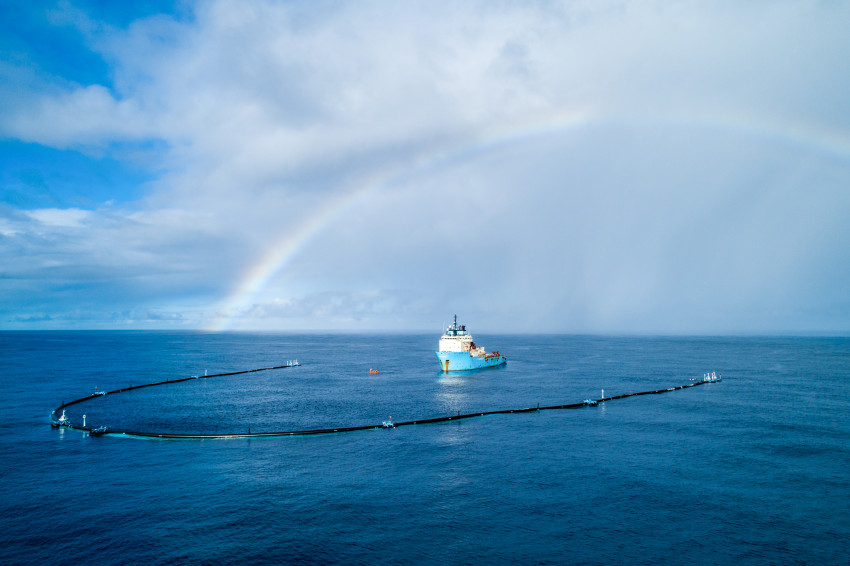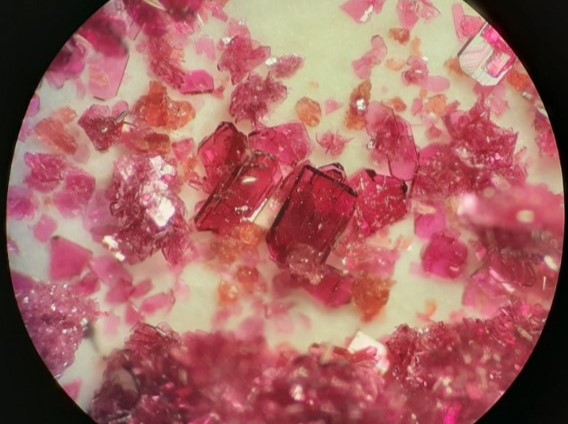
Plastic collector returns to port with fracture
The Ocean Cleanup has had to prematurely terminate its first trial involving recovering plastic from the ocean after a fracture occurred in one of the arms of the plastic collector. Boyan Slat, the system's inventor, announced the news just before New Year.
The fracture was detected last Saturday. During a routine inspection of the system, The Ocean Cleanup technicians discovered that an 18-metre section of one of the arms had broken off. The cause is being investigated, but they already suspect material fatigue in one of the floats, the company indicated in a press release.
The broken section is still afloat and does not represent a danger to shipping or the environment. Because the section contains a number of transmitters and sensors, it was decided to terminate the trial prematurely and to return to port, weather-permitting.
U-shape
After years of research and fundraising, the first ‘real’ sea-going version of the plastic collector was launched last October (read also: ‘Green light for Ocean Cleanup’). After undergoing various iterations, a 600-metre tube left the port of San Francisco in early October.
The flaps that are suspended from the tube are longer in the middle than at the edges. This design ensures that the colossus bends into a U-shape on the open ocean and moves slightly faster than the floating plastic.
Although the system proved over the last month that it does collect plastic, it turns out that the plastic tends to float away again just as easily (read also: ‘Plastic catcher facing problems at sea’). It is possible that wind has a greater effect on the edges of the tube than had been expected, causing the system to rock back and forth and lose speed. Another option is that the U-shape creates vibrations in the water that push the plastic away from the barrier.

Operational this year
Slat expressed his disappointment about the latest setback. 'At the same time, we also realise that setbacks like this are inevitable when pioneering new technology at a rapid pace.' Back at port, not only will the fracture be repaired, but further modifications will be carried out to improve the retention of plastic.
Over the last few weeks, The Ocean Cleanup successfully recovered 2000 kg of plastic from the Great Pacific Garbage Patch. Once the system is working properly, it is expected to harvest 1000 kg of plastic per week. Slat remains confident that the system will be fully operational this year.
If you found this article interesting, subscribe for free to our weekly newsletter!






